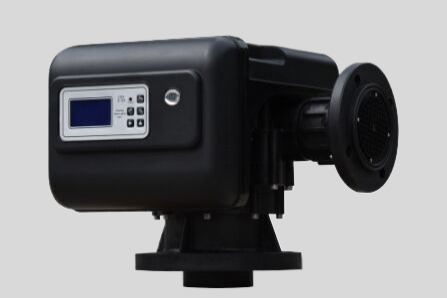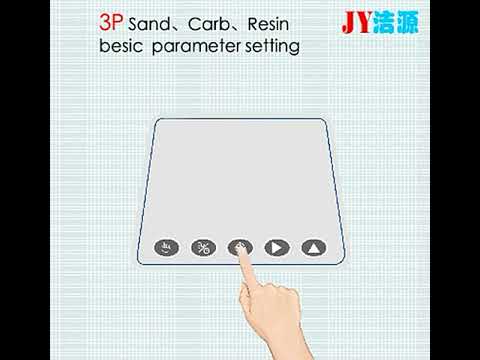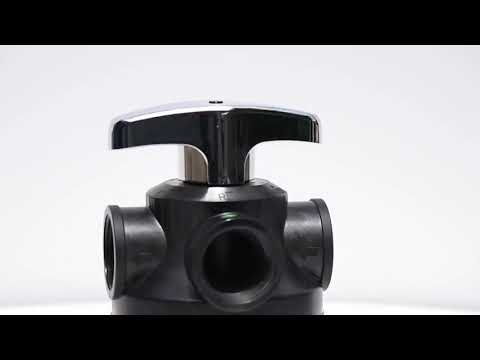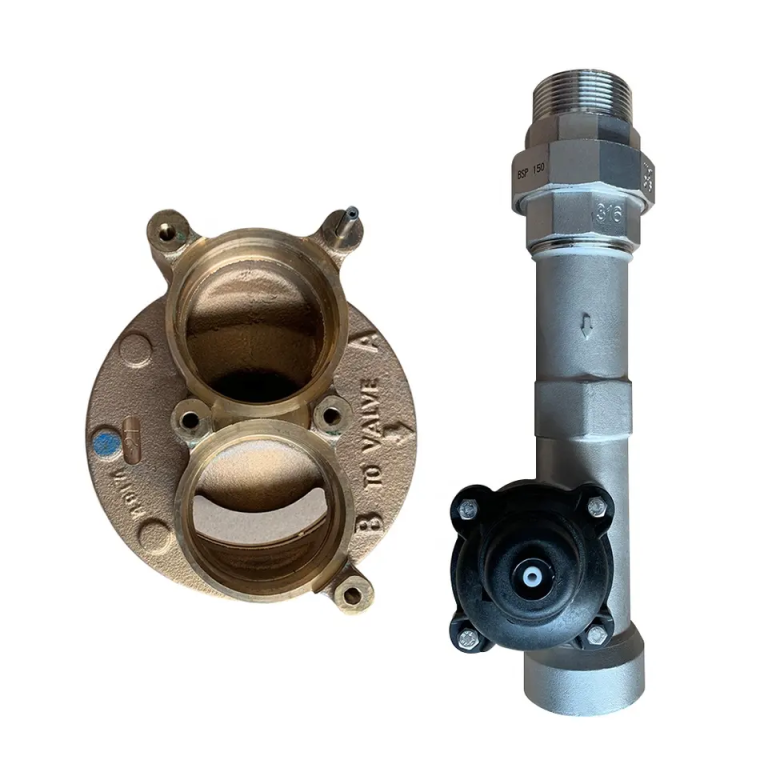“Keep your water softener full for consistently soft water.”
Table of Contents
Potential Leak in the Water Softener System
Water softeners are essential appliances in many households, as they help to remove minerals such as calcium and magnesium from the water supply. However, if you notice that your water softener is full of water, it could be a sign of a potential issue with the system.
One possible reason for a water softener being full of water is a leak in the system. Leaks can occur in various parts of the water softener, such as the resin tank, brine tank, or the plumbing connections. If there is a leak, water may be entering the system and causing it to become full of water.
If you suspect that there is a leak in your water softener, it is important to address the issue promptly to prevent further damage to the system. You may need to contact a professional plumber or water softener technician to inspect the appliance and repair any leaks that are found.
Another possible reason for a water softener being full of water is a malfunction in the system. If the water softener is not functioning properly, it may not be able to properly regulate the water levels in the system, leading to it becoming full of water.
To determine if there is a malfunction in your water softener, you can check the settings on the appliance to ensure that they are correct. You should also inspect the control valve and other components of the system to see if there are any visible signs of damage or wear.
If you suspect that there is a malfunction in your water softener, you may need to contact a professional technician to diagnose and repair the issue. They will be able to determine the cause of the problem and recommend the appropriate course of action to fix it.
In some cases, a water softener may become full of water due to a blockage in the system. Blockages can occur in the resin tank or the brine tank, preventing water from flowing properly through the system.
| Category | Type | Feature | Model | Inlet/Outlet | Drain | Base | Riser Pipe | Brine Line Connector | Water Capacity m3/h |
| automatic softener valve | Downflow & Upflow Type | Supply Hard Water during Regeneration | ASB2 | 1/2″, 3/4″, 1″ | 1/2″ | 2.5″ | 1.05″ OD | 3/8″ | 2 |
| ASB4 | 1/2″, 3/4″, 1″ | 1/2″ | 2.5″ | 1.05″ OD | 3/8″ | 4 |
To determine if there is a blockage in your water softener, you can inspect the tanks for any signs of debris or buildup. You may also need to flush the system to remove any blockages that are present.
If you suspect that there is a blockage in your water softener, you may need to contact a professional technician to clean the system and remove any obstructions that are causing the issue.
In conclusion, if your water softener is full of water, it could be a sign of a potential leak, malfunction, or blockage in the system. It is important to address the issue promptly to prevent further damage to the appliance and ensure that it continues to function properly. Contacting a professional technician for assistance is recommended to diagnose and repair the problem effectively.
Clogged Drain Line in the Water Softener System
Water softeners are essential appliances in many households, as they help to remove minerals such as calcium and magnesium from water, making it softer and more suitable for everyday use. However, like any other appliance, water softeners can experience issues that may affect their performance. One common problem that homeowners may encounter is a water softener that is full of water. This can be a frustrating issue to deal with, but understanding the potential causes can help you troubleshoot and resolve the problem.
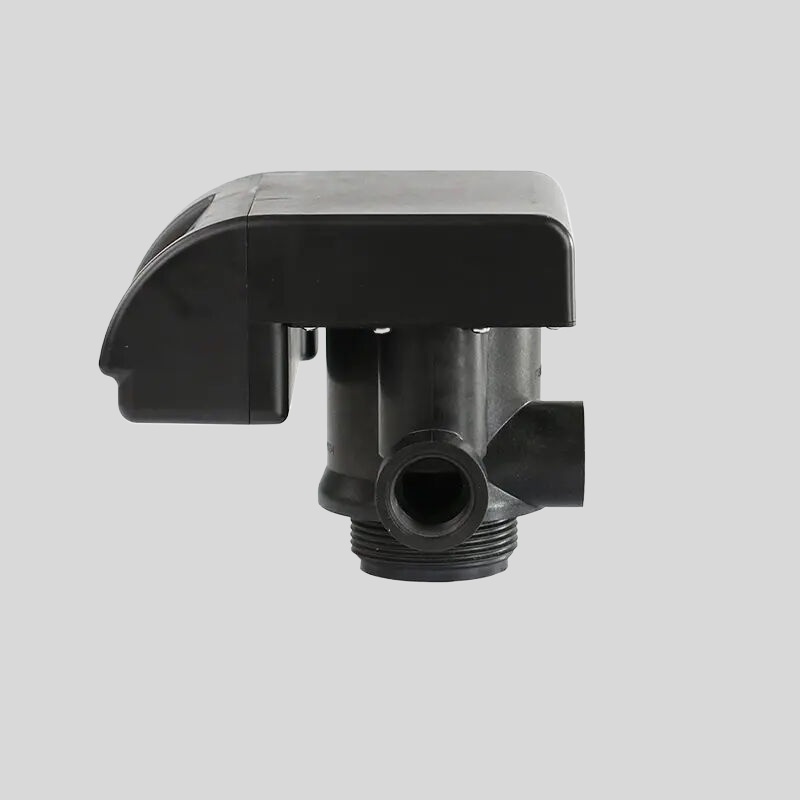
One possible reason why a water softener may be full of water is a clogged drain line in the system. The drain line is responsible for carrying the brine solution, which is used to regenerate the resin beads in the water softener, out of the system. If the drain line becomes clogged or blocked, the brine solution may not be able to flow out properly, causing water to back up and fill the tank.
There are several reasons why a drain line in a water softener system may become clogged. One common cause is the buildup of sediment or debris in the line over time. This can happen if the water softener is not properly maintained or if the system is not flushed regularly. Additionally, if the drain line is not installed correctly or if there are any kinks or bends in the line, this can also lead to blockages.
If you suspect that a clogged drain line is causing your water softener to be full of water, there are a few steps you can take to troubleshoot the issue. First, check the drain line for any visible blockages or obstructions. If you see any buildup or debris, you can try to clear it out using a plumbing snake or a pipe cleaner. Be sure to turn off the water softener and disconnect the drain line before attempting to clean it.
If clearing the drain line does not resolve the issue, you may need to inspect the line for any kinks or bends that could be restricting the flow of water. Straightening out the line or replacing any damaged sections may help to improve the drainage and prevent water from backing up in the system.
In some cases, a clogged drain line may be a sign of a more serious issue with the water softener system. If you are unable to clear the blockage or if you continue to experience problems with water backing up in the tank, it may be necessary to contact a professional plumber or water softener technician for assistance. They will be able to diagnose the problem and recommend the best course of action to repair the system.
In conclusion, a water softener that is full of water can be a frustrating issue to deal with, but understanding the potential causes can help you troubleshoot and resolve the problem. A clogged drain line is a common reason why water may back up in the system, so be sure to check the line for any blockages or obstructions. If you are unable to clear the blockage on your own, don’t hesitate to seek help from a professional to ensure that your water softener is functioning properly.


